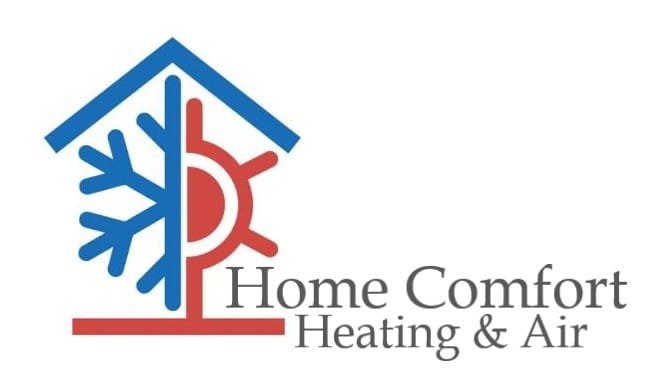Modern homes are well sealed as well as insulated. While this makes them energy efficient, a lack of fresh air, indoor pollutants and constant recirculation can cause problems.
You can rest easy, though, as Home Comfort Heating & Air can help you have an energy-efficient home that’s also comfortable. Our services include an air quality audit and products to help improve indoor air quality in Elk River, Minnesota.
Contact us today to start refreshing your home’s air.

Clues Your Home Deals With Poor Indoor Air Quality
Is your home’s air healthy? It might not be as healthy as you think. Pollution can be two to five times higher indoors versus outdoors, as stated by the U.S. Environmental Protection Agency.
Indoor air pollution moving in your home’s air will sometimes lead to headaches and allergy flareups. And mold and mildew can provoke a number of health concerns.

Health Problems
While these types of symptoms could be a consequence of other issues, they may also be a sign your home is struggling with indoor air quality (IAQ) problems. This is especially true if you feel better while you’re away from home.
- Dry eyes, nose, throat or skin
- Headaches and sinus irritation
- Fatigue
- Allergies or asthma symptoms that are more severe than usual
- Coughing and sneezing
- Dizziness or nausea
Environmental Problems
A well-worn heating and cooling system will sometimes be contributing to indoor air quality problems, especially if it’s unable to filter air, control humidity or keep temperatures consistent.
Here are several other signs you might need to purify your indoor air:
- Excessive static or mold growth
- Large amounts of dust
- Stagnant or musty odors

How Can I Stop Indoor Air Quality Problems?

Preventing indoor air quality problems should be relatively easy with just 10 simple tips:
- Request an indoor air quality audit with Home Comfort Heating & Air. We’ll test areas that impact air quality, including humidity, carbon monoxide and volatile organic compounds (VOCs). Then we’ll review any issues we uncover and how you can improve them.
- Clean regularly to reduce dust mites, which can aggravate allergies and asthma.
- Keep your home free of secondhand smoke.
- Get a whole-home filtration system to remove odors, instead of hiding them with air fresheners or strong candles. The pollutants include chemicals that can lead to headaches or irritate respiratory illness.
- Ventilate gas-burning appliances, including stoves and water heaters, outside.
- Keep your home’s humidity levels comfortable with a humidifier or dehumidifier, according to your needs. Set humidity under 50% to impede mold and mildew spread.
- Test your home for radon. Long-term exposure to this invisible radioactive gas is the leading cause of lung cancer among nonsmokers, according to the EPA. You can get a radon test kit online or reach out to your state radon program for information on discounted or free kits.
- Implement a ventilation system to replace contaminated indoor air with fresh air from outside.
- Look for natural cleaning and painting materials that are low in or free of VOCs. Excess levels of VOCs can aggravate symptoms for family members with respiratory diseases.
- Mount carbon monoxide detectors right outside bedrooms.
Start Enjoying Cleaner Air Today with Home Comfort Heating & Air
With a full team of NATE-Certified professionals and indoor air quality products, Home Comfort Heating & Air can help your family breathe easy. Give us a call or contact us online today to get started.

